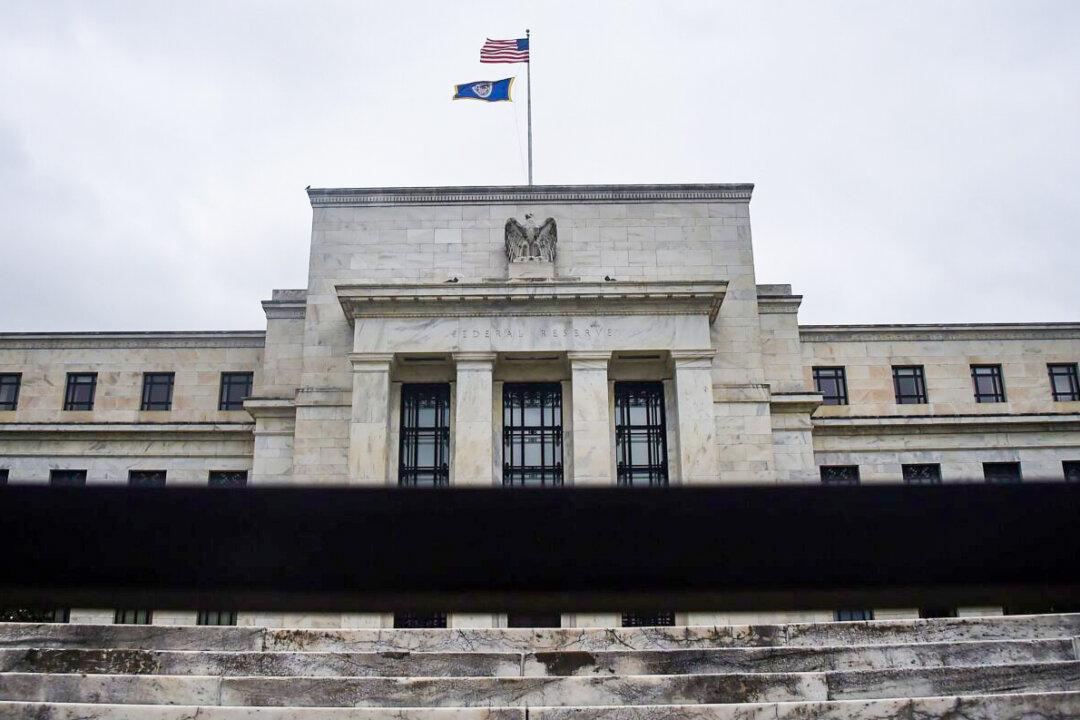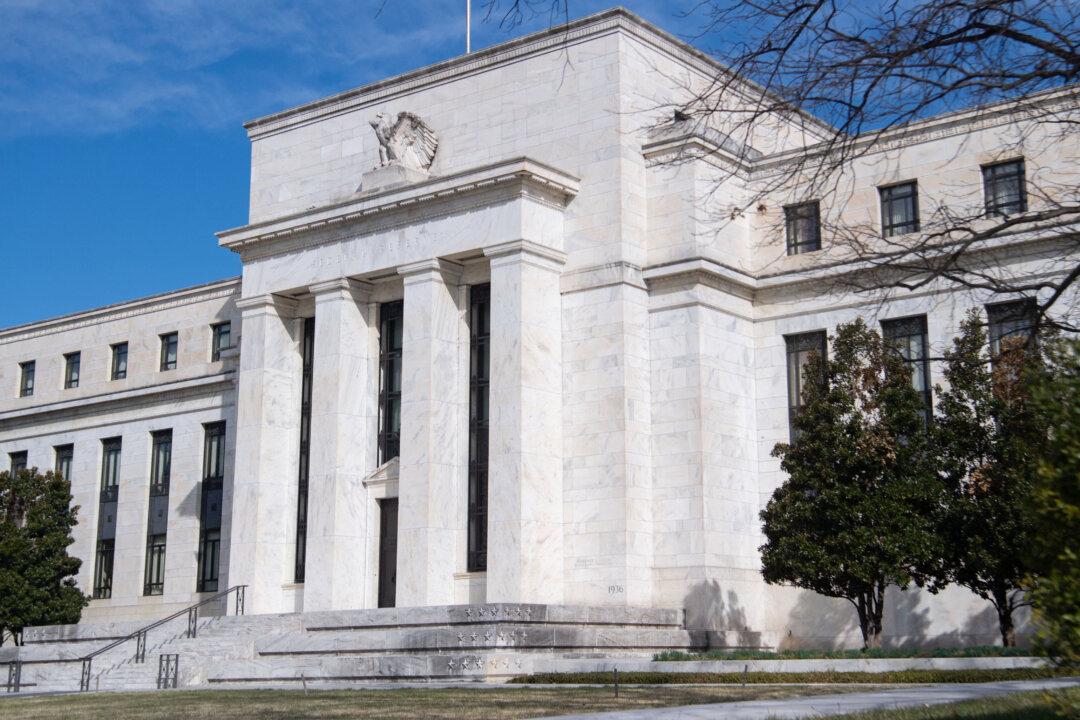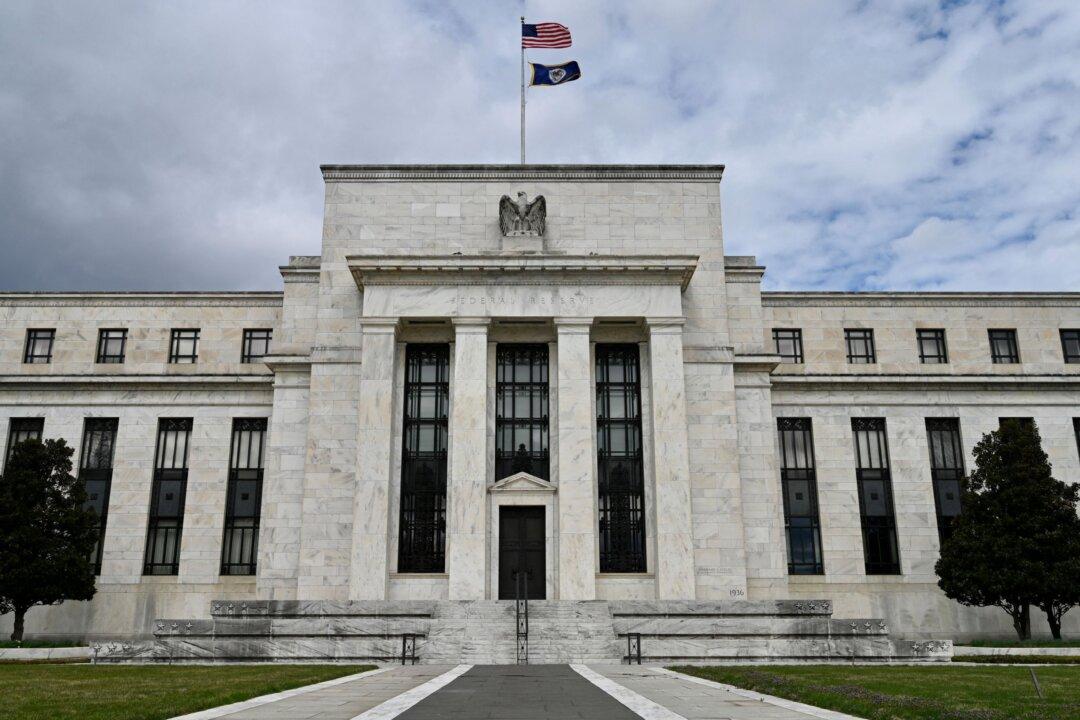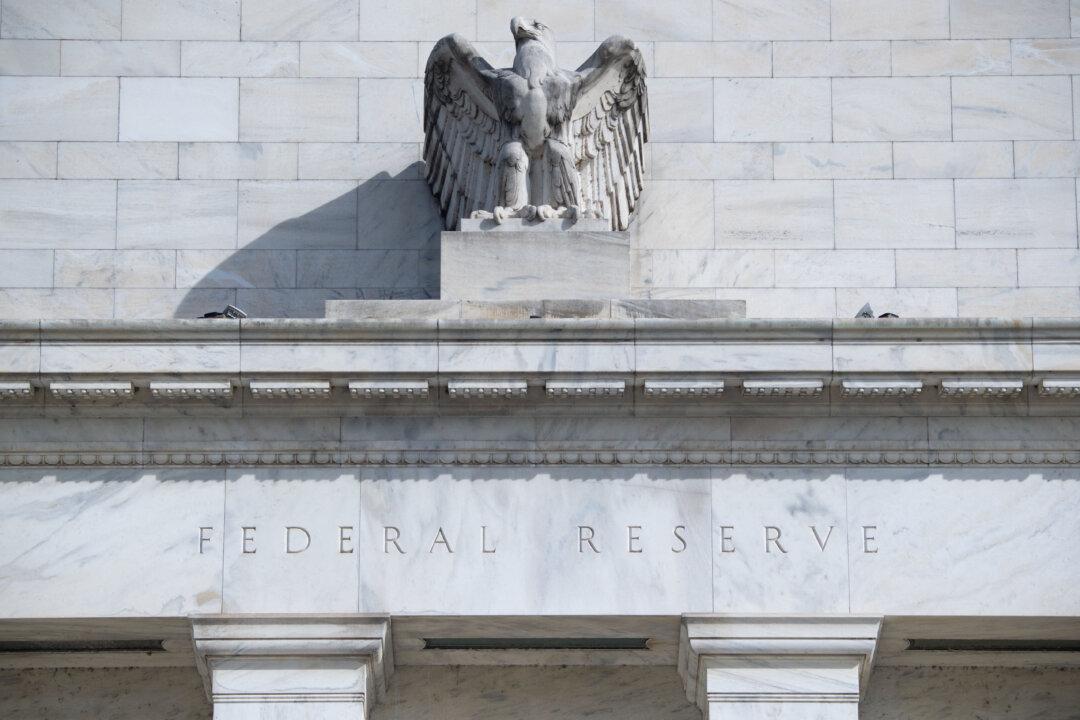Commentary
Could the consensus view of a “no recession” scenario be wrong? As portfolio managers, this is the question we ask ourselves daily. Since the lows of last October, the technical backdrop has improved markedly, as discussed last week in “Bear Trap.“ To wit:




